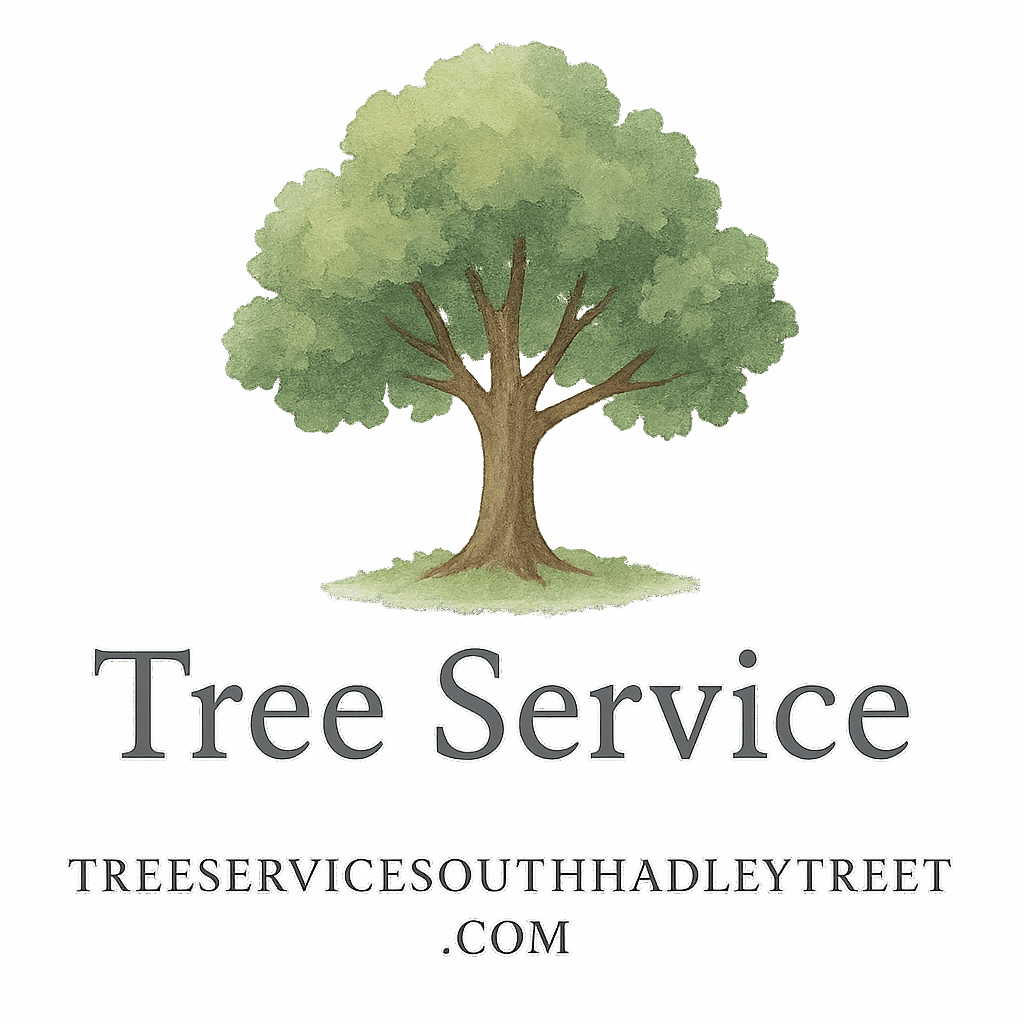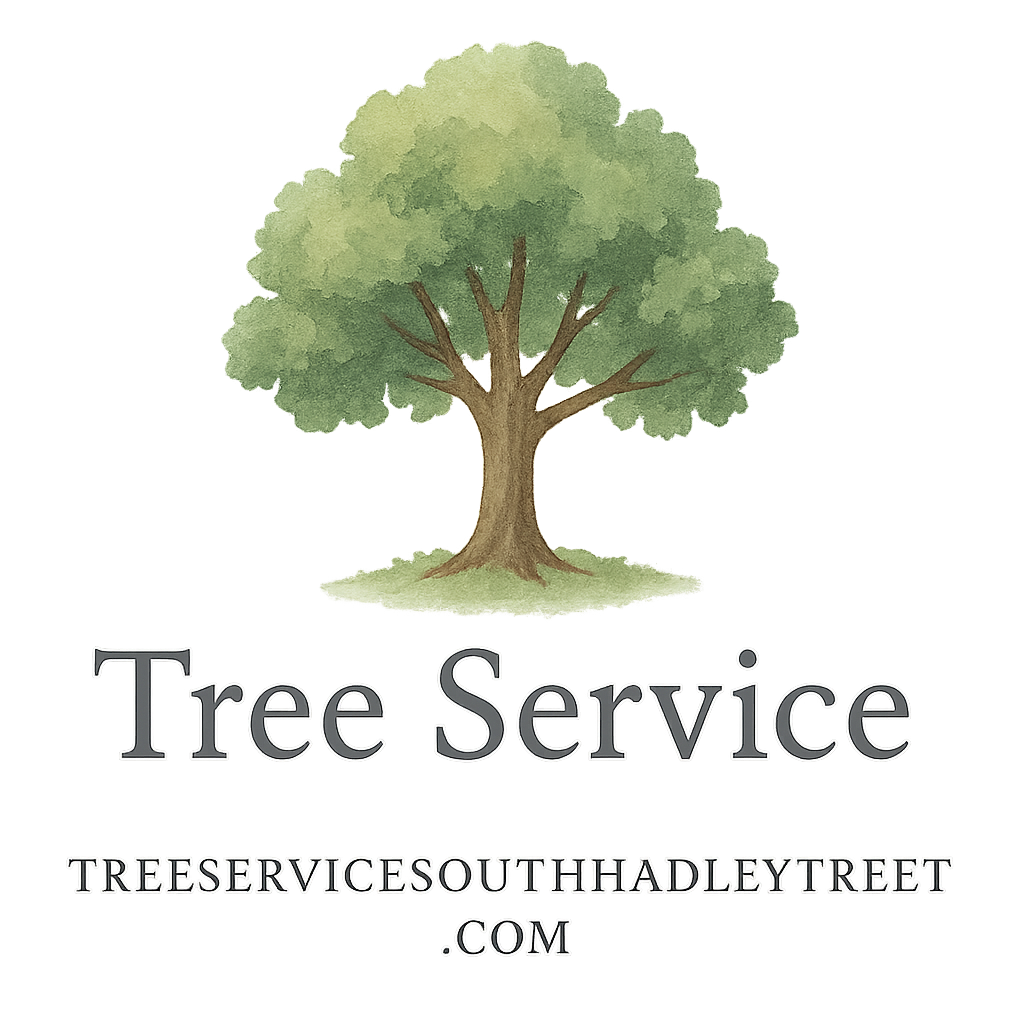Introduction: The Costly Price of Tree Trimming Errors
Let’s be real—trees can be high-maintenance roommates. While they add beauty, shade, and value to your home, trimming them wrong can turn your backyard dream into a safety nightmare. Many homeowners unknowingly make simple tree trimming mistakes that cause long-term damage, unnecessary costs, and even hazards to property and life.
If you’re planning to pick up those pruning shears, read on to learn about the 10 biggest tree trimming mistakes and how to avoid them.
Mistake #1: Trimming Without a Plan
Why Planning Ahead Saves Time and Trees
One of the most common mistakes? Winging it.
Tree trimming isn’t just snip-snip and done. Each cut can change the tree’s growth, health, and structure. Without a plan, you risk unbalancing the canopy, weakening limbs, or stunting growth altogether.
Before you grab the saw, ask yourself:
- What’s your goal—health, safety, shape, or clearance?
- Where will the cut encourage future growth?
- Is this tree healthy enough to trim?
Creating a plan or consulting a tree service professional helps guide those decisions the right way.
Mistake #2: Cutting Too Much at Once
The Hidden Risks of Over-Pruning
We get it—when you start trimming, it’s tempting to keep going. But over-pruning can shock your tree, exposing it to pests, sunburn, or even death.
Here’s the golden rule: Never remove more than 25% of a tree’s canopy in one season. A healthier approach is to trim a little at a time over several seasons.
Over-pruned trees often become structurally weak. This makes them more prone to storm damage and decay.
Mistake #3: Ignoring Tree Health Signs
How to Spot a Sick Tree Before You Trim
Trimming a sick tree without knowing it? Huge mistake.
Check for these red flags first:
- Dead or brittle branches
- Leaf discoloration
- Fungal growth
- Bark peeling or holes
If any of these signs show up, stop! You could be spreading disease unknowingly. Learn more from our in-depth guide to tree health and safety to ensure you’re trimming safely.
Also, don’t miss our articles tagged under disease and healthy trees for deep dives on tree health.

Mistake #4: Trimming at the Wrong Time of Year
Understanding Seasonal Tree Care
Timing is everything in tree trimming. While deadwood can be trimmed any time, shaping and thinning require timing precision.
Here’s a cheat sheet:
- Late Winter to Early Spring – Best for most trees
- Summer – Good for correcting growth or controlling size
- Fall – Worst time due to slow healing and pest risk
Trimming at the wrong time could open the tree to disease or poor growth.
👉 Check out our Emergency & Seasonal Tree Service guide to get your timing right every time.
Also browse through seasonal and spring tags for seasonal tips.
Mistake #5: Using the Wrong Tools
Sharp, Clean, and Purpose-Built Tools Only
Using a dull chainsaw or rusty pruners isn’t just ineffective—it’s harmful. Ragged cuts leave trees vulnerable to infections and take longer to heal.
The right tools for the job?
- Bypass pruners for clean cuts
- Loppers for thicker branches
- Pole saws for height safety
- Sterilized blades to avoid spreading diseases
Having trouble choosing? See our breakdown under tree service basics.
Mistake #6: Climbing Without Safety Measures
One Slip Can Cost a Lot—Literally
Scaling a tree with no helmet, no harness, and no plan? That’s a recipe for a trip to the ER.
Even pros fall back on rigging systems, helmets, and backup crew. Unless you’re trained and equipped, keep your feet on the ground and hire a certified tree trimming professional.
Mistake #7: Trimming Near Power Lines
The Shocking Truth About Power Line Risks
Trimming near power lines might seem simple, but it’s a serious hazard.
If a branch hits a live wire, the consequences could be:
- Electrocution
- Fire
- Power outages
- Legal consequences
Don’t risk it. This is a job for emergency tree service experts. Learn more in our emergency and storm damage tagged resources.
Mistake #8: Leaving Behind Dead or Diseased Branches
Invite Rot, Insects, and Decay If You Don’t Clean Up
After trimming, leaving diseased or deadwood in place is like leaving trash after cleaning your house—it defeats the purpose.
Failing to remove them:
- Attracts insects
- Spreads fungal disease
- Weakens structural integrity
Always clean up and sanitize afterward. Check out our article on tree health for more tips.
Mistake #9: DIYing When the Job Calls for Pros
Know When to Call in the Experts
Sure, trimming a branch or two is doable. But when it comes to:
- Tall trees
- Heavy limbs
- Trees near homes or lines
…it’s time to call the pros. Hiring an expert may cost more upfront but saves on long-term damage, lawsuits, or injuries.
Explore the pros and cons of DIY vs professional care at our tree removal & trimming page and see comparison articles for more insight.
Mistake #10: Not Following a Maintenance Schedule
Healthy Trees Need Ongoing Attention
Trimming should never be a once-and-done task. Trees grow constantly and change with the seasons.
A good maintenance plan includes:
- Seasonal inspections
- Pruning young trees to encourage shape
- Removing dead branches annually
Need a cheat sheet? Visit our guide to tree service basics and explore posts under maintenance and prevention.
Conclusion: Avoiding Tree Trimming Pitfalls
Tree trimming isn’t just about a better-looking yard—it’s about safety, health, and long-term investment. Avoiding these 10 common mistakes helps your trees thrive and keeps your home protected. Whether you’re trimming a small sapling or managing a towering oak, knowledge and planning make all the difference.
For reliable service and expert advice, connect with our local pros in South Hadley.
FAQs
1. How often should I trim my trees?
Every 1–3 years depending on the species, age, and purpose of trimming. Young trees may need shaping annually.
2. What time of year is best for tree trimming?
Late winter to early spring is ideal for most trees. Avoid fall, as wounds heal slowly.
3. Can I trim a diseased tree myself?
It’s best to consult experts. You risk spreading the disease if you’re not careful. Start here: Tree Health & Safety.
4. How do I know if I need professional help?
If the job involves tall trees, power lines, or heavy limbs—call a pro. Visit our tree removal and trimming guide for details.
5. What’s the average cost of tree trimming?
It varies by tree size and location. See our tree service costs & hiring guide for estimates.
6. Can trimming the wrong way kill a tree?
Yes. Over-pruning, bad timing, or improper cuts can seriously harm or kill your tree.
7. Where can I get a professional tree service quote?
Visit our quotes tag to find vetted professionals in your area.


